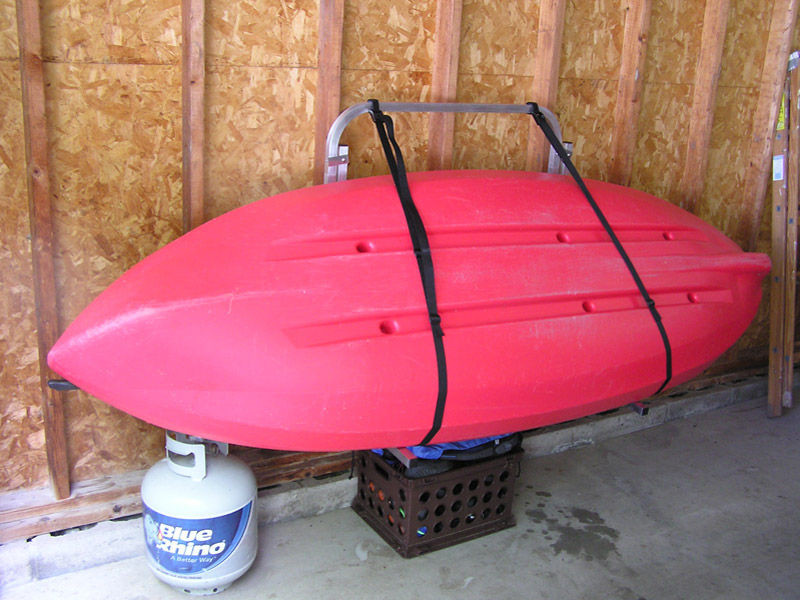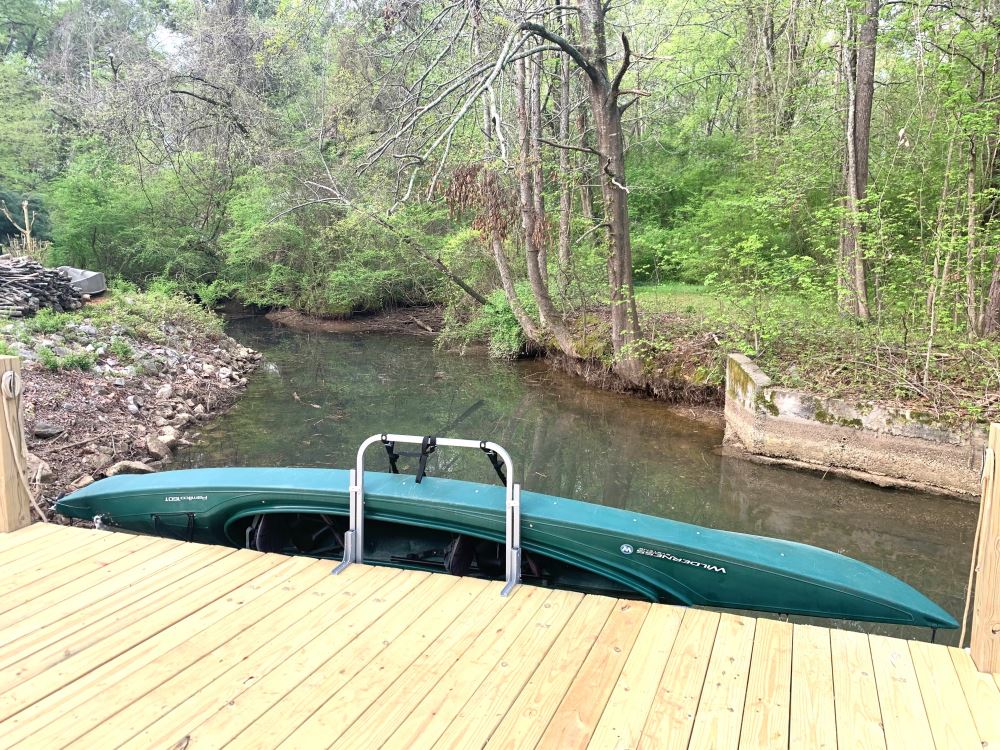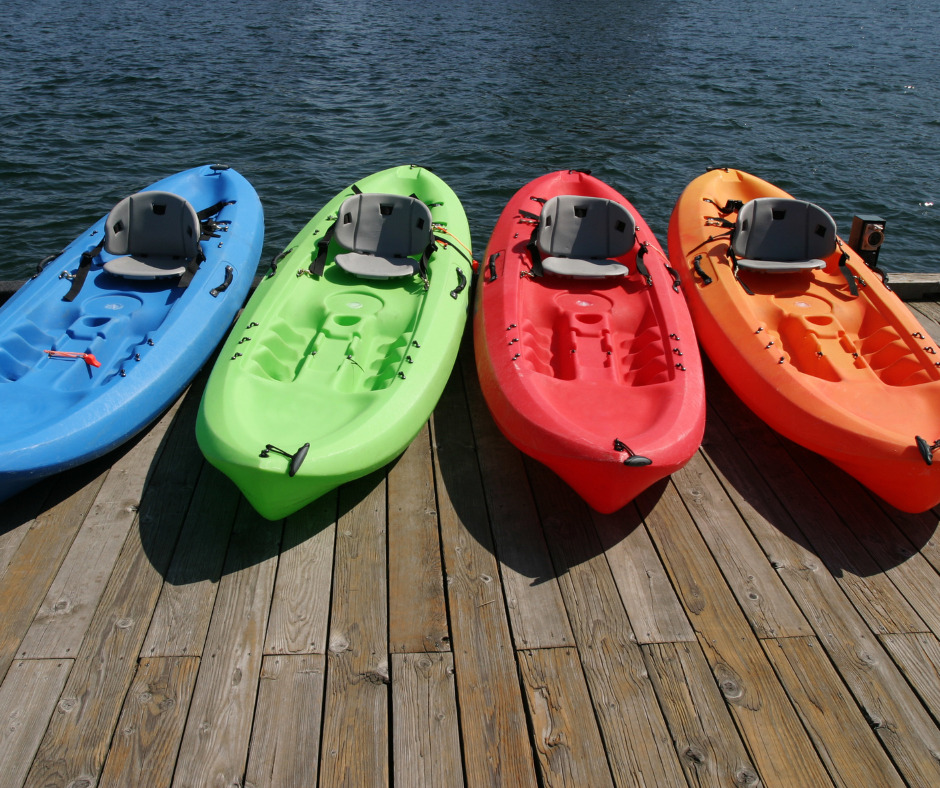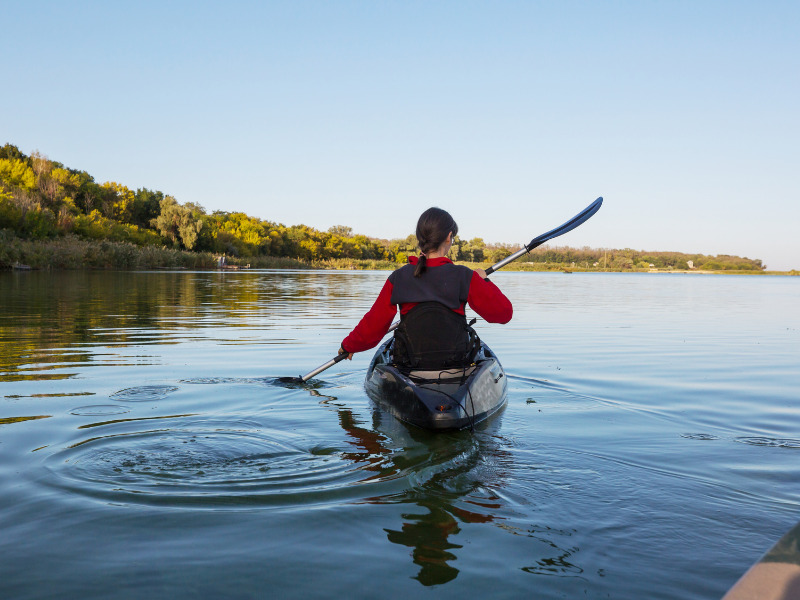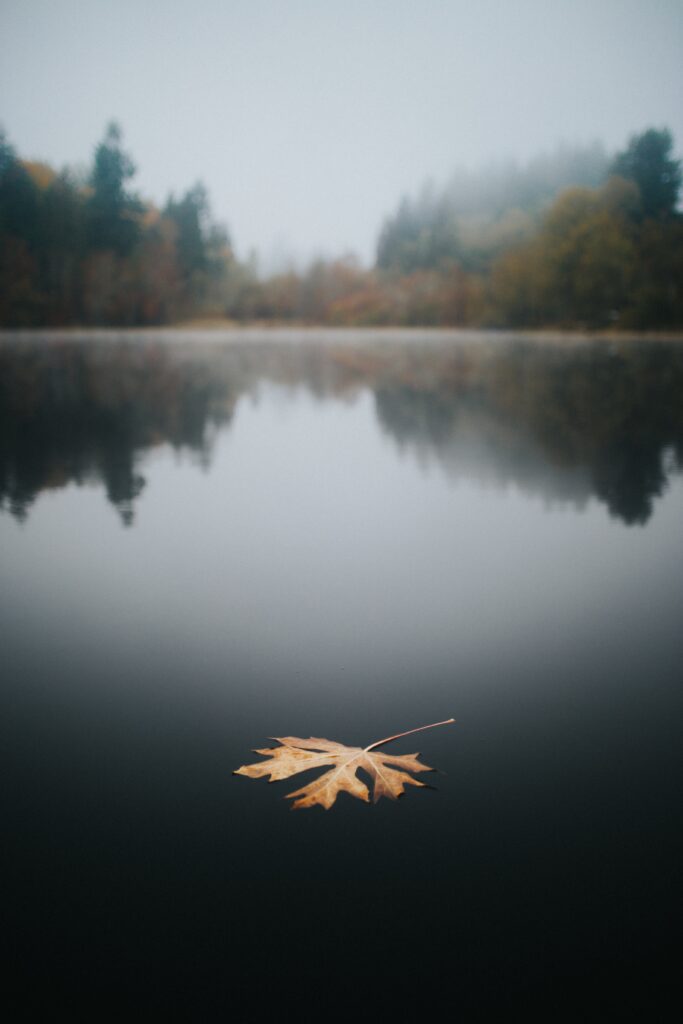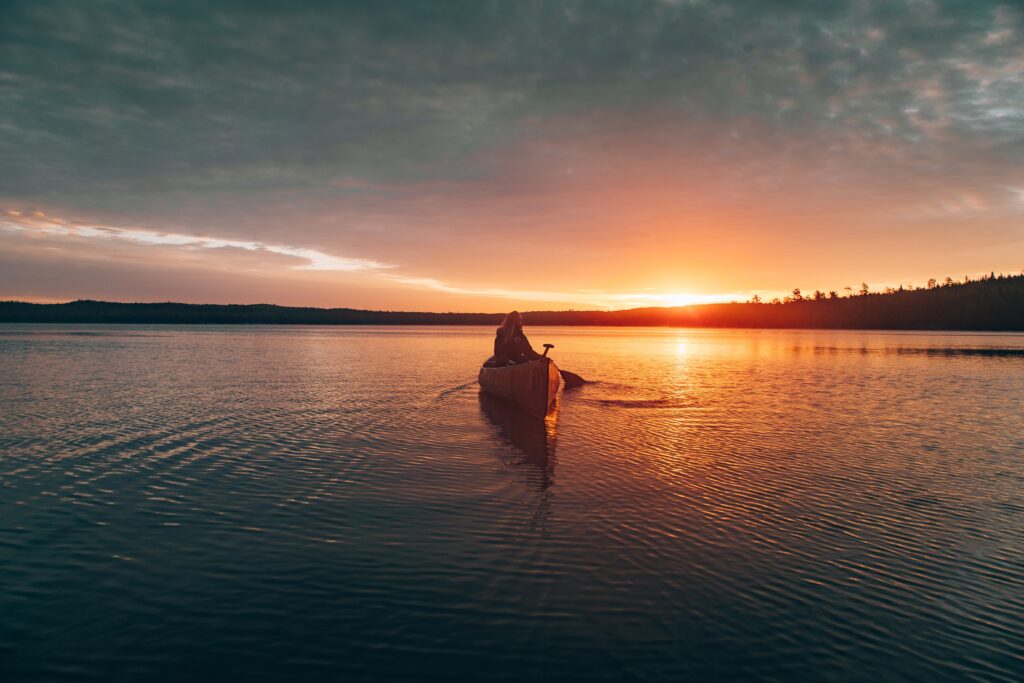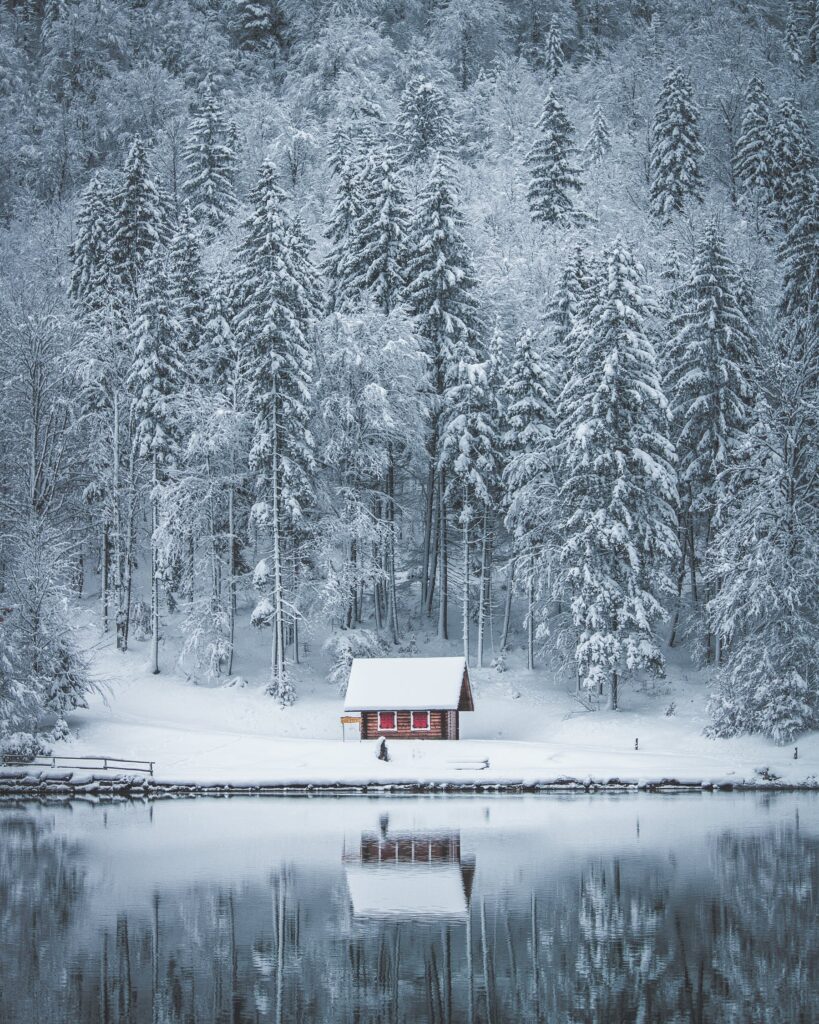
Kayaking is an exciting way to explore the outdoors, but being prepared is key to ensuring a safe and enjoyable trip. Whether you’re paddling on a calm lake, winding through a river, or heading out on the open ocean, having the right gear can make all the difference. Before you hit the water, double-check that you have these essentials
1. Kayak Paddles
It’s a smart idea to carry a spare paddle, especially on longer or more remote trips. A folding or collapsible paddle is easy to store and can be secured to the front of your kayak. If you lose your main paddle due to rough water or an unexpected capsize, having a backup can prevent you from being stranded.
2. Life Jacket/ Personal Flotation Device
A Coast Guard-approved PFD is a non-negotiable safety essential. It should fit snugly yet comfortably, allowing you to move freely while paddling. Even strong swimmers should wear one at all times—you never know when you might end up in the water.
3. Sun Protection
Sunscreen, sunglasses, and a hat are important for protecting your skin from UV rays, especially on the water where the reflection can intensify the effects of sun damage. A long-sleeved UV-protective shirt can also help prevent sunburn.
4. Dry Bag
A waterproof dry bag keeps your valuables—such as your phone, keys, extra clothes, and snacks—safe and dry. Even if you don’t plan on flipping, splashes and unexpected rain can still soak your gear. Make sure to test your dry bag for leaks at home by placing a dry paper towel in the bag and submerging it to see if it stays dry.
5. Whistle
A whistle is a simple yet crucial piece of safety gear. In many places, it’s legally required for kayakers. Use it to signal for help or alert nearby boats of your presence, especially in low-visibility conditions.
6. Light Source
If you plan to be out near dusk or after dark, a waterproof flashlight or headlamp is essential to help you see and be seen. Many states require kayakers to have a light source to alert other boats that they are near. Kayaks are very low to the water making it hard to see from a boat and nearly impossible to see when it’s dark.
7. Weather Appropriate Clothing
Dress for the water temperature, not just the air temperature. Quick-drying, moisture-wicking layers work best. In colder waters, consider wearing a wetsuit or dry suit to prevent hypothermia in case of an unexpected swim. Always be prepared to get wet!
8. A Way to Store Your Kayak
Having easy access to your kayak will help you get out on the water more frequently since it isn’t a hassle to use. The Docksider is a great solution for storing your kayak, whether you have a dock or a free wall in your garage or shed that you can mount your kayak to, the Docksider makes it easy to load and unload your kayak so you can get back on the water quicker.
Packing the right gear can make your kayaking trip safer and more enjoyable. Always check the weather forecast before heading out, let someone know your paddling plan, and stay aware of your surroundings. Whether you’re a beginner or an experienced paddler, these essentials will keep you prepared for any adventure on the water.

